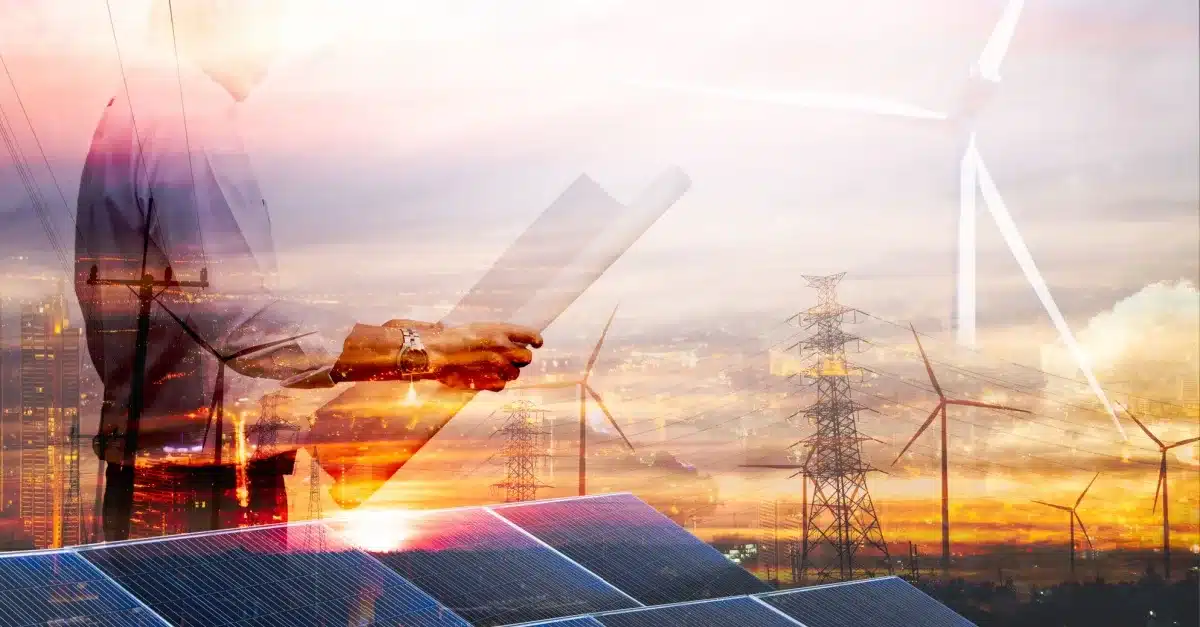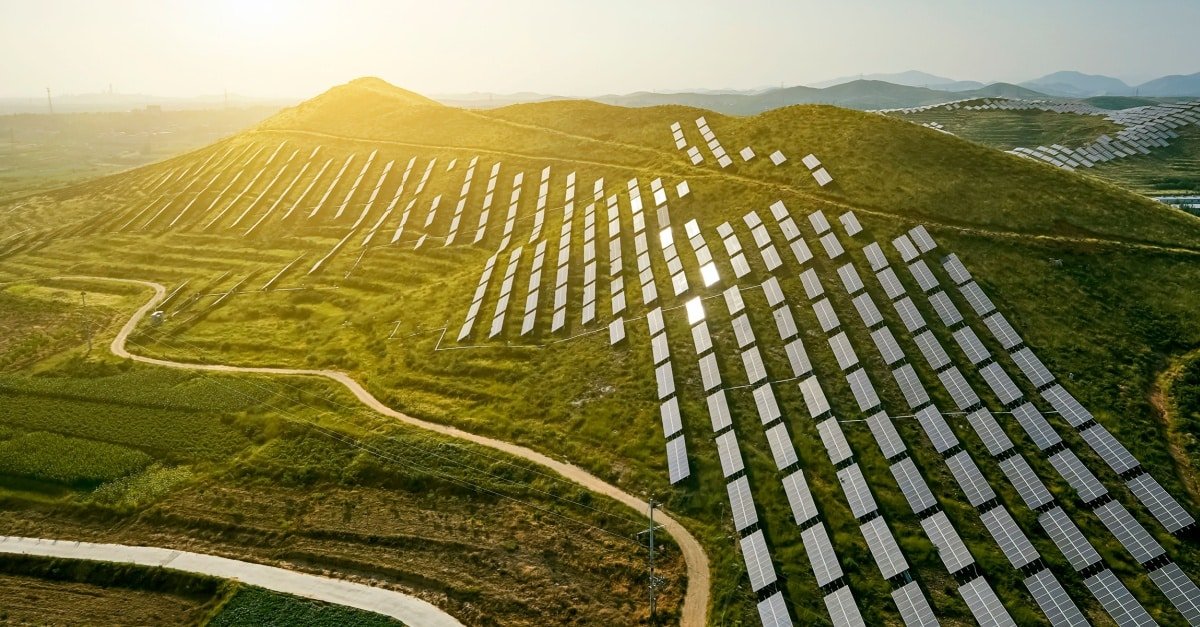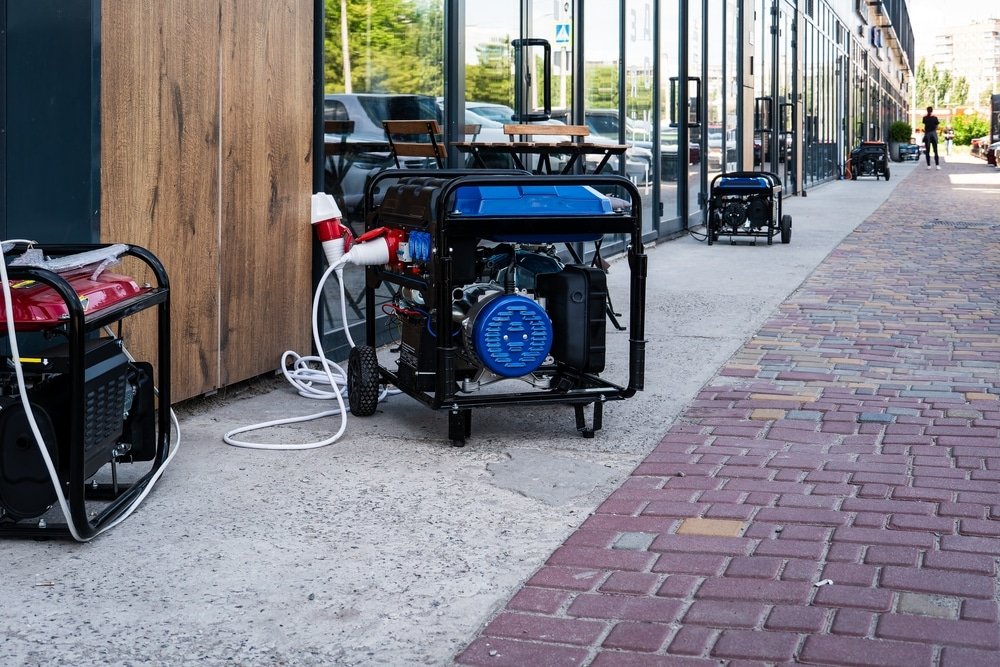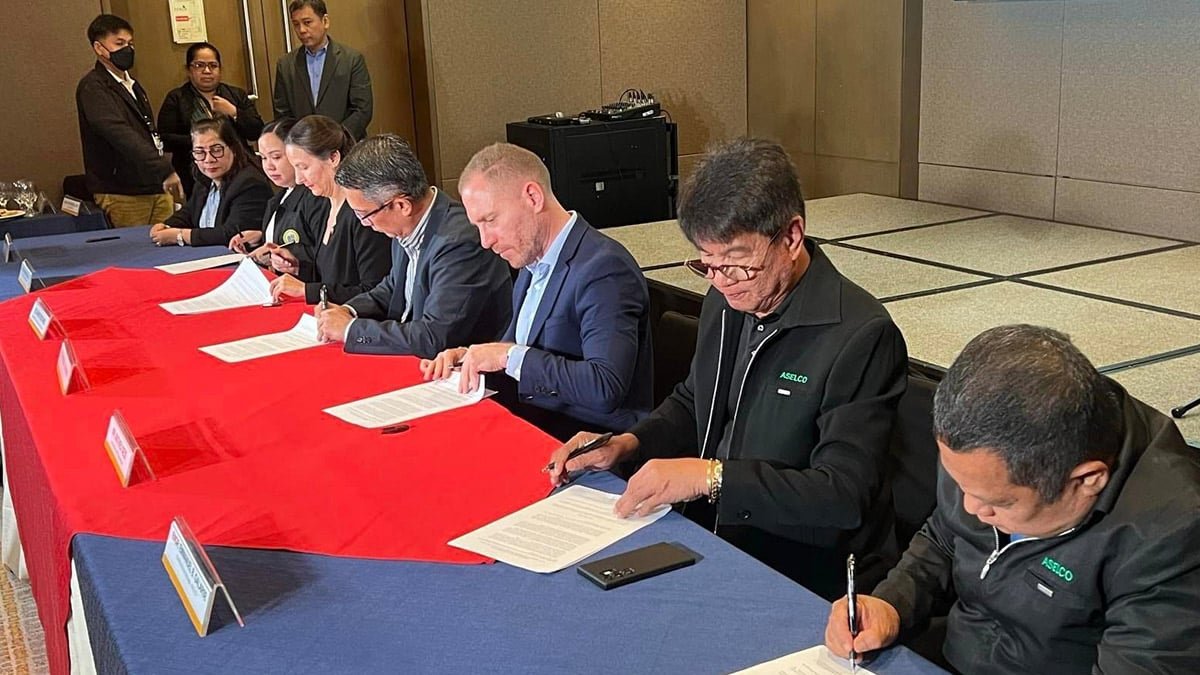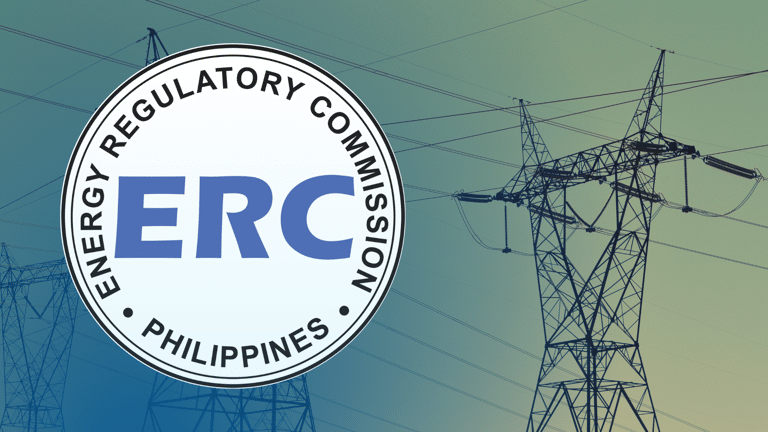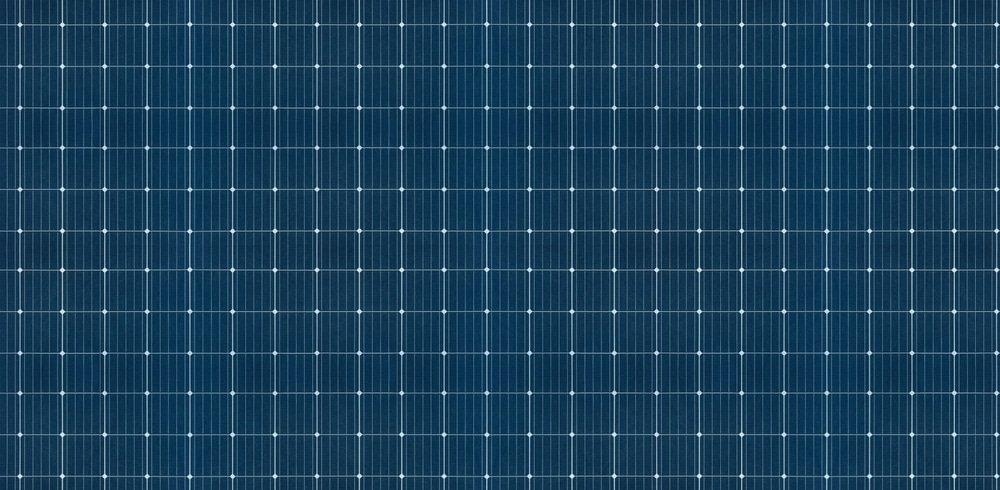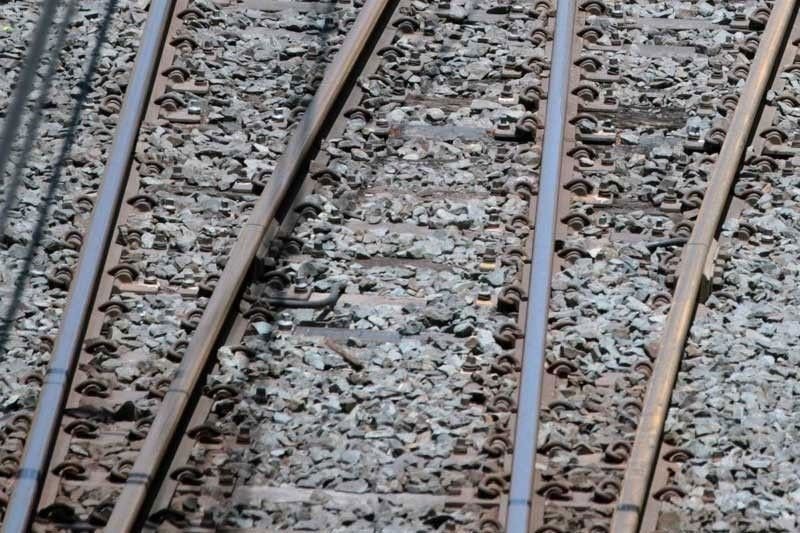
Rooftop solar panels can significantly reduce electricity bills, promote sustainability, and even let you help lessen the burden on the Mindanao grid. But to reap the full benefits of solar energy, it’s important to care for these panels properly.
It is a fairly easy and straightforward process. But before noting the cleaning equipment needed and the necessary steps to take, read on to understand why cleaning your solar panels is important in the first place.
Why Cleanliness Matters
Solar panels convert sunlight into electricity through photovoltaic (PV) technology. Solar cells within the panels absorb photons from sunlight, which then generate an electric current. For optimal efficiency, these panels must remain free of obstruction.
Several environmental factors can cause these obstructions. For instance, debris from nearby trees can lead to increased buildup on the panels. Bird droppings can create an especially stubborn mess. Even the weather can bring obstructions – dust during the hot Philippine summers, and water stains that come with the rainy season.
Dirty solar panels can lead to significant energy loss. Many reports and studies show that soiled panels can lose efficiency by as much as 85%. Homeowners often overlook the necessity of caring for their solar panels, which can result in decreased energy output.
Regular cleaning and maintenance should take top priority. Keeping your solar panels clean prevents unnecessary repair costs and ensures your solar system functions optimally.
Necessary Cleaning Equipment
Routine maintenance might seem like a daunting task, but the truth is, if you can reach your roof safely, and you have access to a few basic supplies, you can certainly clean the solar panels yourself.
1. Extension ladder or scaffolding.
The first thing you need is a safe, sturdy ladder that can reach your roofline. Never step on your solar panels. If there is no space on the roof for you to stand on, you may have to stay on your ladder while cleaning. In this case, make sure your ladder has roof hooks. Scaffolding is a better option as it has space to hold your cleaning equipment. Both ladder and scaffolding can be rented for a day; simply ask for leads from your neighborhood hardware store.
2. Safety equipment
Non-slip footwear is essential, and if you need to go onto the roof, be sure to use a harness and safety ropes for added security.
3. Water source
A garden hose or a pressure washer set on a low setting can be used to rinse off the panels.
4. Telescopic rod with a soft-bristle brush head, mop head, or sponge head
These gentle cleaning heads will help you remove dirt and debris without scratching the panels. Choose a rod length that can reach the panels furthest away from where you will be standing.
5. Cleaning solutions
Water should be able to clear loose dirt off the panels. But for grime and stubborn debris like dried bird droppings, a gentle detergent (even dishwashing soap) dissolved in a pail of water can help.
6. Squeegee with a long handle
A squeegee can be used to wipe down the surface of the panels and prevent streaks.
Step-by-Step Guide to Cleaning
Cleaning solar panels can be straightforward if you follow these steps:
1. Prepare
Choose a sunny day to clean the panels, but avoid extremely hot conditions. The panels should not be hot to the touch as this can make the cleaning process uncomfortable, less effective, and even hazardous. Early morning is ideal.
2. Inspect
Before cleaning, check the panels for any signs of damage, such as cracks or loose fittings. If you notice any issues, you may need to contact a professional.
3. Rinse
Start by hosing down the surface of the solar panels. This will help loosen dirt and reduce the risk of scratches during cleaning. You may use a pressure washer, but make sure you put it on the lowest setting to avoid damaging the panels. Hitting the panels at an angle (and not directly) will also lessen the impact of the water on the glass.
4. Scrub
Dip the soft-bristle brush, mop, or sponge in the pail of soapy water, attach to the telescopic rod, and clean the surface of the panels with gentle strokes. Avoid using too much pressure as this may damage the panels’ surface and strip away their anti-reflective coating.
It is also best to clean your array of panels in sections. Giving the soapy water no time to dry and leave residue will make rinsing off easier.
5. Rinse again
After scrubbing, rinse the panels with clean water to ensure all soap and dirt are washed away.
6. Squeegee
For a streak-free finish, and to prevent water stains, use a squeegee to wipe off any excess water.
How Often to Clean Solar Panels
For most homeowners, cleaning the panels every six months is a good rule of thumb. However, some conditions may warrant more frequent cleaning:
Location
If you live in a dusty area or near trees, you may need to wash your panels more often
Seasonal changes:
It is wise to check the panels after heavy rains, storms, or during particularly dry and dusty days.
Changes in performance:
Keep an eye on your energy output. A noticeable decline may indicate that a cleaning is necessary.
When to Seek Professional Help
While cleaning solar panels can often be a DIY task, there are instances when it’s best to call in professionals. Look for the following signs:
Excessive buildup
If dirt and grime are persistently heavy, or there are concerns about panel integrity, seek professional help.
Safety concerns
If you feel uncomfortable with heights or it’s unsafe to access the panels, hiring a professional is best.
Additional Tips
In addition to regular cleaning, there are a few other tips that can help you care for your solar panels:
- Conduct periodic checks for any damage or wear and tear that could affect performance.
- Keep the area around your solar panels free from overhanging branches or falling debris.
By adopting a routine cleaning schedule and following proper maintenance techniques, you can maximize energy production and maintain the value of your investment in a sustainable future. Remember, just a little care and attention are needed so that your solar panels can continue providing clean, renewable energy for many years.

